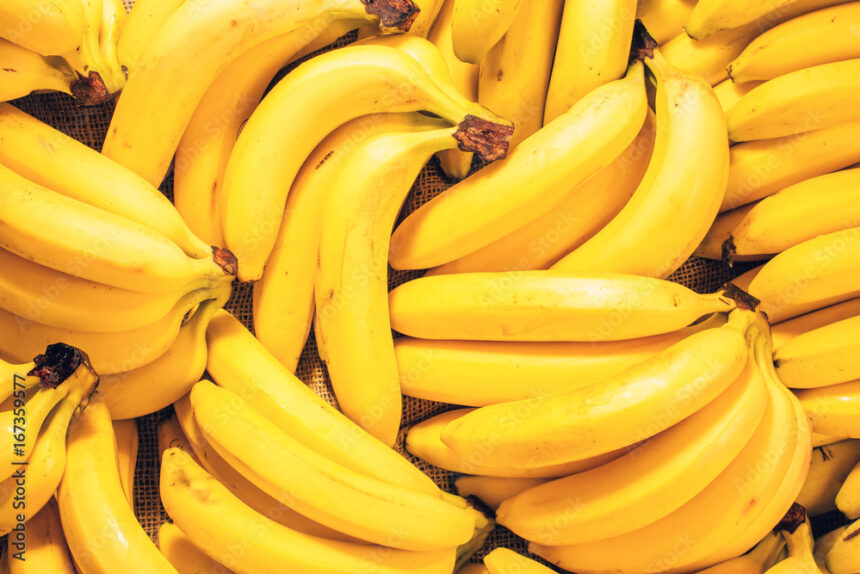Black Sigatoka, caused by the fungus Mycosphaerella fijiensis, is a destructive disease that affects banana plants. It primarily affects commercial banana cultivars, such as Cavendish, and can lead to significant yield losses if left untreated. Here are some symptoms of Black Sigatoka to look out for in bananas:
- Leaf Lesions: The most noticeable symptom of Black Sigatoka is the appearance of dark brown to black lesions on the leaves of banana plants. These lesions typically start as small, pin-sized spots and gradually enlarge over time. The lesions may have yellow halos around them, and they often coalesce, resulting in large necrotic areas on the leaves.
- Leaf Yellowing: Infected leaves may exhibit yellowing or chlorosis, starting from the leaf margins and progressing towards the center. This yellowing is often more pronounced between the veins of the leaf, giving it a “zebra stripe” appearance.
- Leaf Necrosis: As the disease progresses, the infected leaves may become completely necrotic, turning brown or black. This can lead to premature defoliation, where infected leaves die and drop from the plant.
- Reduced Fruit Quality: Black Sigatoka can also impact fruit quality. Infected fruits may develop premature ripening, with the skin turning yellow or brown prematurely. The presence of lesions on the fruit can result in blemishes, reducing their market value.
- Spore Production: If you closely examine the underside of infected banana leaves, you may notice dark fungal spores. These spores are black in color and are responsible for spreading the disease to healthy plants.
It’s important to note that the symptoms of Black Sigatoka can vary depending on the severity of the infection and the specific banana cultivar. If you suspect Black Sigatoka in your banana plants, it is advisable to consult with a local agricultural extension office or a plant disease specialist for proper diagnosis and management strategies. Early detection and timely treatment are crucial in controlling the spread of the disease.
Join 'Farmers Mag' WhatsApp Channel
Get the latest Farming news and tips delivered straight to your WhatsApp
CLICK HERE TO JOIN






